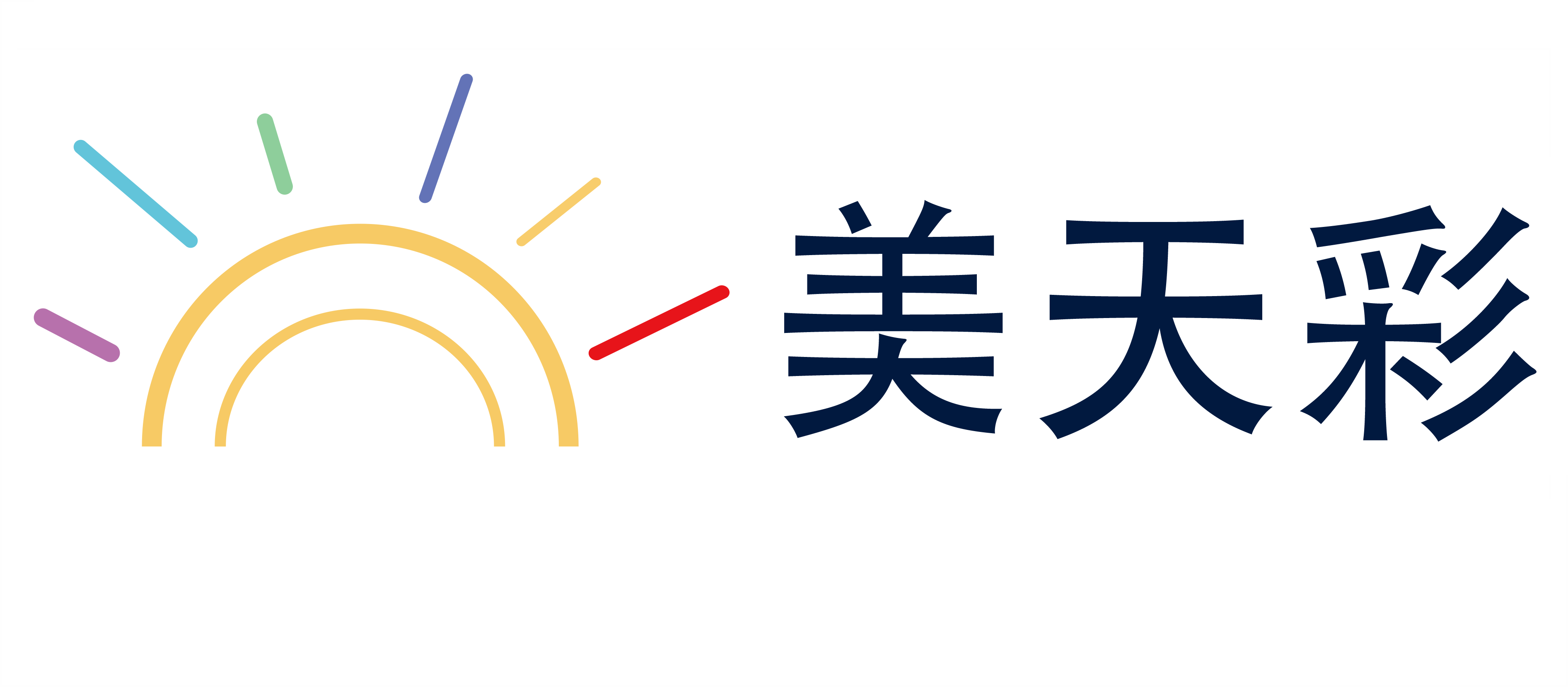国际物流公司双清包税
International Logistics Doubleclear & Tariff-Free Service: A Comprehensive Guide
In the globalized economy, international logistics play a pivotal role in facilitating trade and commerce. Among the various logistics services offered, the doubleclear and tariff-free service stands out as a highly efficient and cost-effective solution for businesses looking to minimize costs and streamline their supply chain operations. This guide provides a detailed overview of the doubleclear and tariff-free service, exploring its definition, operational process, advantages, challenges, and future trends.
What is Doubleclear & Tariff-Free Service?
Doubleclear and tariff-free service refers to a logistics arrangement where a consignor (the exporter) and a consignee (the importer) agree to avoid double taxation and duties on the same shipment. In this model, the consignor agrees to provide the necessary documentation to the customs authorities, while the consignee is responsible for completing the customs declaration and providing the required documentation. This arrangement eliminates the need for doubleclearing, where both parties pay duties and taxes, and reduces the overall cost of importing or exporting goods.
The key objective of doubleclear and tariff-free service is to reduce the financial burden on businesses by consolidating customs clearance and documentation into a single process. It is particularly beneficial for small and medium-sized enterprises (SMEs) and individual traders who may not have the resources to handle the complexities of doubleclearing.
How Does Doubleclear & Tariff-Free Work?
The doubleclear and tariff-free service operates on a collaborative framework between the exporter and the importer. The process can be broken down into several key steps:
1. Contractual Agreement: The exporter and importer enter into a contract outlining the terms of the doubleclear and tariff-free arrangement. This includes the identification of goods, quantity, and the agreed-upon procedure for customs clearance.
2. Documentation Preparation: Both parties prepare and exchange the necessary documentation. The exporter provides a detailed bill of lading, packing list, and other relevant paperwork, while the importer completes the customs declaration and provides any additional documentation required by the customs authorities.
3. Customs Clearance: The consignor (exporter) is responsible for arranging and completing the customs clearance at the origin country, while the consignee (importer) handles the clearance at the destination country. The customs authorities do not apply doubleclearing duties or taxes on the same shipment.
4. Logistics Arrangement: The logistics provider handles the transportation of goods from the origin to the destination, ensuring smooth delivery and timely clearance at both ends.
5. Payment Arrangement: The payment terms are clearly defined in the contract, with the exporter responsible for the costs of shipping, insurance, and any other associated expenses. The importer settles the payment to the logistics provider upon receiving the goods.
6. Risk Management: Both parties are responsible for ensuring that the goods are properly insured and protected during transit. The exporter is responsible for any potential damage or loss to the goods before shipment, while the importer assumes responsibility for any issues that arise after receipt.
Advantages of Doubleclear & Tariff-Free Service
The doubleclear and tariff-free service offers numerous advantages to businesses, including:
1. Cost Savings: The elimination of doubleclearing and duties significantly reduces the overall cost of importing or exporting goods. This is particularly beneficial for businesses with limited budgets.
2. Simplified Processes: The collaborative nature of the service streamlines customs clearance and documentation, reducing the time and effort required to complete the process.
3. Improved Efficiency: By consolidating customs clearance and logistics management, the service enhances operational efficiency, allowing businesses to focus on their core activities.
4. Enhanced Customer Satisfaction: The smooth and efficient supply chain management ensures timely delivery of goods, improving customer satisfaction and reducing the risk of delays.
5. Expanded Market Access: For exporters, the doubleclear and tariff-free service can help to break into new markets with reduced tariffs and customs complexities.
Challenges of Doubleclear & Tariff-Free Service
Despite its benefits, the doubleclear and tariff-free service is not without its challenges. Some of the key challenges include:
1. Complexity: The process involves multiple steps, including contract negotiation, documentation preparation, and customs clearance, which can be complex and time-consuming.
2. Customs Clearances: The exporter and importer must ensure that all relevant customs authorities are informed and that the necessary documentation is submitted on time. Any delays or omissions can lead to additional costs and complications.
3. Logistics Coordination: The logistics provider must coordinate with both the exporter and importer to ensure smooth transportation and timely clearance at both ends. Any issues with the logistics chain can disrupt the entire process.
4. Documentation Management: The collaborative nature of the service requires both parties to manage and exchange multiple documents, which can be error-prone and time-consuming.
5. Potential for Disputes: The lack of doubleclearing can lead to disputes between the exporter and importer regarding the documentation and clearance process. Clear and detailed documentation is essential to avoid such disputes.
Future Trends of Doubleclear & Tariff-Free Service
As the global trade landscape continues to evolve, the doubleclear and tariff-free service is likely to play an even more significant role in facilitating efficient and cost-effective supply chain management. Several trends are expected to shape the future of this service:
1. Technological Advancements: The use of technology, such as artificial intelligence (AI), blockchain, and automated customs clearance systems, is expected to further streamline the doubleclear and tariff-free process. These technologies can enhance documentation management, reduce errors, and improve clearance times.
2. Increasing Environmental Focus: There is growing emphasis on sustainability and environmental responsibility in logistics. The doubleclear and tariff-free service can play a role in reducing carbon emissions by facilitating the movement of goods without additional customs duties.
3. Digitization of Trade: The shift towards digital trade platforms and e-commerce is expected to increase the demand for doubleclear and tariff-free services. Businesses that adopt digital solutions can benefit from faster clearance times, reduced costs, and improved transparency.
4. Globalization of Supply Chains: As supply chains become more interconnected, the doubleclear and tariff-free service is likely to become a standard practice in international trade. This will help businesses to navigate the complexities of global supply chains more efficiently.
Conclusion
The doubleclear and tariff-free service is a powerful tool for businesses looking to optimize their international logistics operations. By eliminating doubleclearing and duties, this service can help to reduce costs, streamline processes, and improve efficiency. While the service is not without challenges, its benefits far outweigh its drawbacks, making it a valuable option for exporters and importers alike. As the global trade environment continues to evolve, the doubleclear and tariff-free service is set to remain a cornerstone of efficient supply chain management.
上述信息,涵盖图片、视频以及各类文字资料,美天彩仅扮演信息存储的角色。若存在任何侵犯知识产权或其他合法权益的情形,请立即联系我们删除,切实维护您的权益。
郑重声明
- 延伸阅读:
- 上一篇:肇庆巴西海运双清专线国际物流
- 下一篇:中东专线国际物流双清包税

Experts Q & A
外贸专家答疑
为了帮助您更快地解决问题,建议向我们的外贸专家进行咨询,提供专业的方案咨询和策划。


马上留言 (0) 0